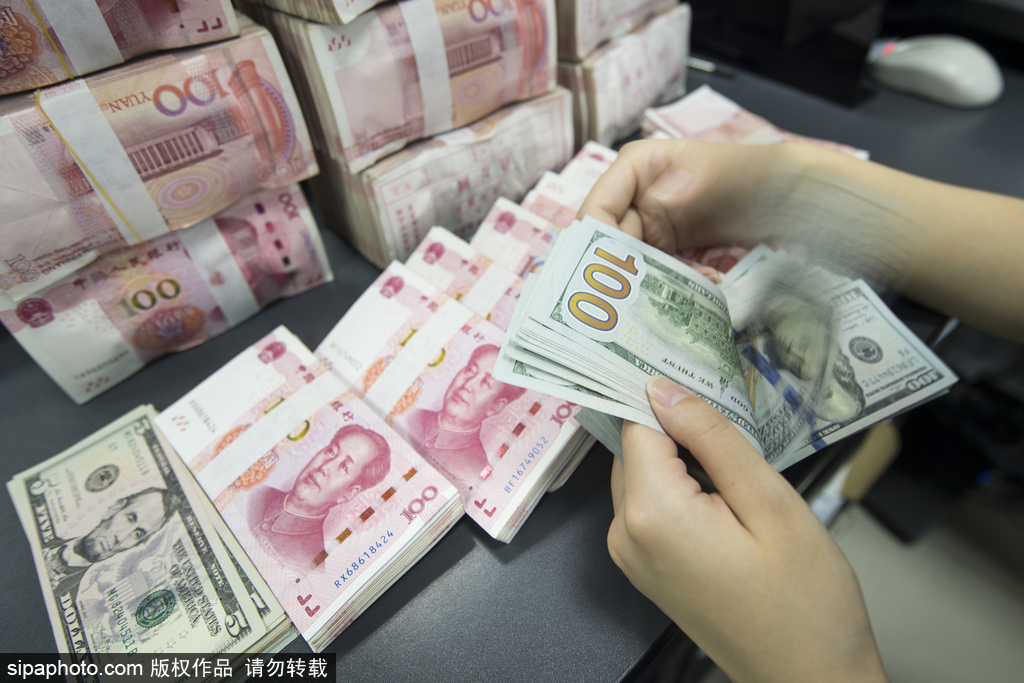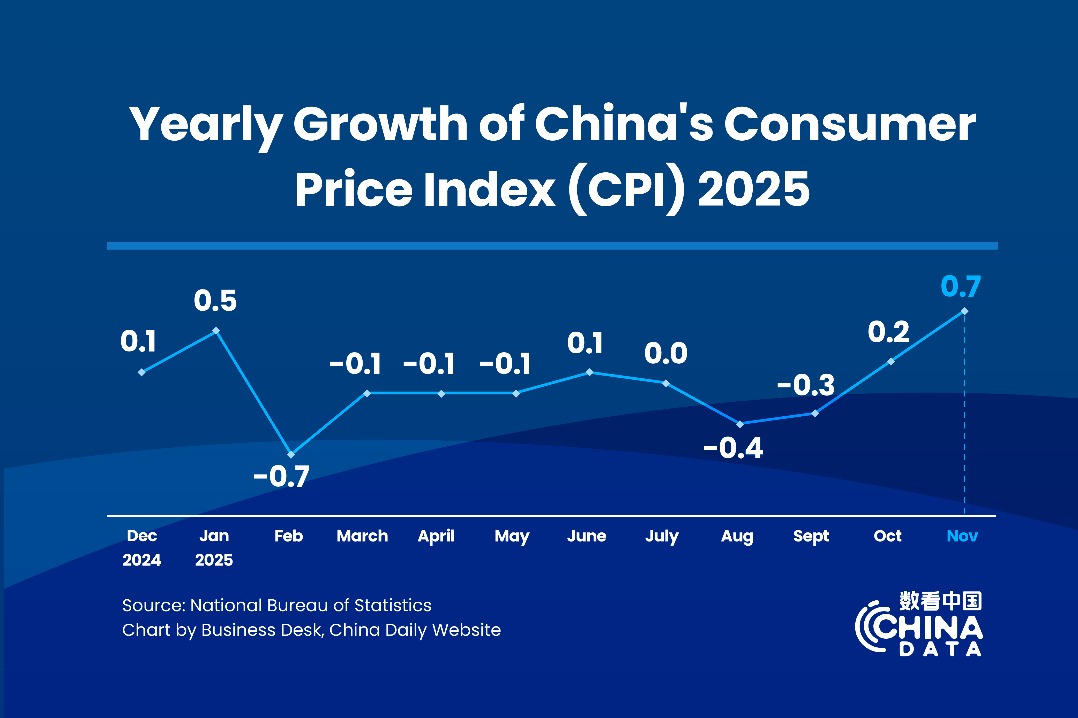Additional monetary flexibility seen soon


China's monetary policy might have more room for easing early next year as the US Federal Reserve has started to slow down rate hikes while domestic economic growth requires more support, experts said on Thursday.
They said the Fed's tightening campaign to tame inflation has started to gear down as it raised interest rates by 50 basis points on Wednesday, compared with four consecutive hikes of 75 basis points in the previous meetings through November.
The slowdown in Fed tightening will mitigate concerns that further easing moves by the People's Bank of China, the country's central bank, could intensify depreciation pressure of the renminbi against the dollar.
Kristina Hooper, chief global market strategist at Invesco, a global investment management company, said the strength of the US dollar is expected to further fade as the Fed turns less aggressive in tightening and may pause rate hikes in the first half of 2023.
With the renminbi likely to strengthen against the dollar next year, Hooper said she expects the PBOC to continue to be "supportive" and provide "the most appropriate level of support" for the economy.
Pointing to weaker pressure from a strong greenback on the renminbi, the onshore exchange rate of the renminbi firmed past the 7-per-dollar level last week and was trading around 6.97 as of Thursday afternoon, strengthening by about 2.3 percent so far this month, according to market tracker Wind Info.
Agreeing that the Fed's slowdown in tightening can help expand China's room for easing, Shao Yu, chief economist at Orient Securities, also noted the need to launch more monetary support given the domestic economic downward pressure.
"There is a necessity to reduce interest rates as the housing market faces some obstacles to achieving a soft landing," Shao said. Reducing interest rates can help bolster homebuying demand and thus help stabilize the property market, which is a major drag on growth.
Yet Shao cautioned that any rate cuts should be taken at an appropriate degree to avoid overstimulating the housing sector. Rather, structural monetary support should be stepped up and effectively boost credit growth in such sectors as green development and technological advances to cement the country's high-quality development momentum.
The PBOC kept the interest rate of the medium-term lending facility operation — a key policy benchmark — at 2.75 percent on Thursday, staying unchanged since a cut of 10 basis points in August.
Despite an unchanged rate, Thursday's operation still points to an accommodative policy stance by injecting a net 150 billion yuan ($21.5 billion) into the market. A total of 650 billion yuan in new medium-term liquidity was injected, outnumbering the 500 billion yuan in MLF that matured on Thursday.
PBOC Governor Yi Gang also promised in an article on Tuesday that the central bank will give play to both the aggregate and structural functions of monetary policy to precisely ramp up support for key areas and weak links in the economy.
Zhu Haibin, JPMorgan's chief China economist, said in a recent report that he expects the PBOC may slightly cut the MLF rate in the second quarter of 2023, citing the continuation of low inflation and the need to boost economic growth as the main reasons.



































